Downloading PDF for Topic-wise Physics Formulas Class 11th makes it easier for aspiring students to learn and revise all the formulas. This helps them have all the important formulas to prepare for entrance exams like JEE mains, NDA, and many more.
Table of Contents
Topic-wise Physics Formulas Class 11th includes all important formulas for topics like the Physical World and Measurement, Kinematics, Laws of Motion, Work, Energy and Power, Motion of System of Particles and Rigid Body, Gravitation, and many more. Downloading the PDF for Topic wise Physics Formulas Class 11th will make it easier for students to revise all topics.
Questions on Class 11th topic-wise Physics formulas usually holds a high weightage in exams of around 20 to 40 marks. The questions vary in types and marks. Practising these questions increases the chances of a student getting good marks in the exam.
Topic-wise Physics Formulas Class 11th: Download PDF
Downloading PDF for Class 11 Topic-wise Physics Formulas will help the students keep a record of all Topic-wise Physics Formulas altogether making it easier to learn and revise for the exam day. You can download the PDF for Topic-wise Physics Formulas Class 11th from the table given below.
| Topic | Formulae PDF |
| Physical World and Measurement | Download PDF |
| Kinematics | Download PDF |
| Laws of Motion | Download PDF |
| Work, Energy and Power | Download PDF |
| Motion of System of Particles and Rigid Body | Download PDF |
| Gravitation | Download PDF |
| Properties of Bulk Matter | Download PDF |
| Thermodynamics | Download PDF |
| Behaviour of Perfect Gas and Kinetic Theory | Download PDF |
| Oscillations and Waves | Download PDF |
Also Read: Class 11th Physics Practical Experiments and Activities
Different Boards to do Physics in Class 11
Students can pursue class 11th from various boards which suit them according to fee structure, availability and so on. The syllabus for all the boards is almost the same. However, the difficulty level of the exam may vary in accordance with the exam pattern.
| Board | Board Abbreviation | Syllabus Books |
| CBSE | Central Board of Secondary Education | NCERT textbooks |
| ICSE | Indian Certificate of Secondary Education | ICSE-specific textbooks |
| State Boards | Like Haryana Board, UP Board etc. | State board textbooks and regional educational resources |
| IB | International Baccalaureate | IB-specific textbooks and materials |
| CISCE | Council for the Indian School Certificate Examinations | ISC and ICSE-specific |
| NIOS | National Institute of Open Schooling | NIOS study materials and textbooks |
Also Read: CBSE Class 11th Physics Notes
Some Important Questions Based on Physics Formulas Class 11th
Some of the important questions based on Topic-wise Physics Formulas Class 11th are given below. Students can practise them to get an idea of what questions are asked in the exam. This helps in better scores.
Question 1: A car accelerates uniformly from rest to a speed of 25 m/s in 10 seconds. Calculate its acceleration.
Solution: Given:
- Initial velocity, u=0u = 0u=0 m/s
- Final velocity, v=25v = 25v=25 m/s
- Time, t=10t = 10t=10 s
Using the formula a=v−uta = frac{v - u}{t}a=tv−u:
a=25−010=2.5 m/s2a = frac{25 - 0}{10} = 2.5 text{ m/s}^2a=1025−0=2.5 m/s2
Question 2: A stone is thrown vertically upwards with a velocity of 20 m/s. Calculate the maximum height reached by the stone.
Solution: Given:
- Initial velocity, u=20u = 20u=20 m/s (upwards)
- Acceleration due to gravity, g=9.8g = 9.8g=9.8 m/s2^22
At maximum height, final velocity v=0v = 0v=0 m/s. Use the formula v2=u2+2asv^2 = u^2 + 2asv2=u2+2as, where a=−ga = -ga=−g:
0=(20)2−2⋅9.8⋅s0 = (20)^2 - 2 cdot 9.8 cdot s0=(20)2−2⋅9.8⋅s
Solving for sss:
s=(20)22⋅9.8=20.41 ms = frac{(20)^2}{2 cdot 9.8} = 20.41 text{ m}s=2⋅9.8(20)2=20.41 m
Question 3: A ball is dropped from a height of 50 m. Calculate its velocity just before it hits the ground.
Solution: Given:
- Initial height, h=50h = 50h=50 m
- Acceleration due to gravity, g=9.8g = 9.8g=9.8 m/s2^22
Using the formula v2=u2+2asv^2 = u^2 + 2asv2=u2+2as, where u=0u = 0u=0:
v2=2⋅9.8⋅50v^2 = 2 cdot 9.8 cdot 50v2=2⋅9.8⋅50 v=2⋅9.8⋅50=980=31.3 m/sv = sqrt{2 cdot 9.8 cdot 50} = sqrt{980} = 31.3 text{ m/s}v=2⋅9.8⋅50=980=31.3 m/s
Question 4: A force of 10 N acts on a body of mass 5 kg for 2 seconds. Calculate the change in momentum of the body.
Solution: Given:
- Force, F=10F = 10F=10 N
- Mass, m=5m = 5m=5 kg
- Time, t=2t = 2t=2 s
Change in momentum Δp=F⋅tDelta p = F cdot tΔp=F⋅t:
Δp=10⋅2=20 kg m/sDelta p = 10 cdot 2 = 20 text{ kg m/s}Δp=10⋅2=20 kg m/s
Question 5: An object of mass 2 kg is moving with a velocity of 3 m/s. Calculate its kinetic energy.
Solution: Given:
- Mass, m=2m = 2m=2 kg
- Velocity, v=3v = 3v=3 m/s
Kinetic energy K.E.=12mv2K.E. = frac{1}{2}mv^2K.E.=21mv2:
K.E.=12⋅2⋅(3)2=9 JK.E. = frac{1}{2} cdot 2 cdot (3)^2 = 9 text{ J}K.E.=21⋅2⋅(3)2=9 J
Question 6: Calculate the gravitational force between two objects of masses 5 kg and 3 kg placed 10 m apart. Given G=6.67×10−11G = 6.67 times 10^{-11}G=6.67×10−11 N m2^22/kg2^22.
Solution: Given:
- Mass 1, m1=5m_1 = 5m1=5 kg
- Mass 2, m2=3m_2 = 3m2=3 kg
- Distance, r=10r = 10r=10 m
- Gravitational constant, G=6.67×10−11G = 6.67 times 10^{-11}G=6.67×10−11 N m2^22/kg2^22
Gravitational force F=G⋅m1⋅m2r2F = frac{G cdot m_1 cdot m_2}{r^2}F=r2G⋅m1⋅m2:
F=6.67×10−11⋅5⋅3(10)2=1.001×10−10 NF = frac{6.67 times 10^{-11} cdot 5 cdot 3}{(10)^2} = 1.001 times 10^{-10} text{ N}F=(10)26.67×10−11⋅5⋅3=1.001×10−10 N
Question 7: A spring with spring constant k=100k = 100k=100 N/m is compressed by 0.1 m. Calculate the potential energy stored in the spring.
Solution: Given:
- Spring constant, k=100k = 100k=100 N/m
- Compression, x=0.1x = 0.1x=0.1 m
Potential energy U=12kx2U = frac{1}{2} k x^2U=21kx2:
U=12⋅100⋅(0.1)2=0.5 JU = frac{1}{2} cdot 100 cdot (0.1)^2 = 0.5 text{ J}U=21⋅100⋅(0.1)2=0.5 J
Question 8: A 10 kg object is lifted to a height of 5 m above the ground. Calculate the work done against gravity.
Solution: Given:
- Mass, m=10m = 10m=10 kg
- Height, h=5h = 5h=5 m
- Acceleration due to gravity, g=9.8g = 9.8g=9.8 m/s2^22
Work done W=mghW = mghW=mgh:
W=10⋅9.8⋅5=490 JW = 10 cdot 9.8 cdot 5 = 490 text{ J}W=10⋅9.8⋅5=490 J
Question 9: A ball is thrown horizontally from a height of 20 m with a velocity of 10 m/s. Calculate the time it takes to reach the ground.
Solution: Given:
- Initial height, h=20h = 20h=20 m
- Initial horizontal velocity, u=10u = 10u=10 m/s
- Acceleration due to gravity, g=9.8g = 9.8g=9.8 m/s2^22
Time ttt to reach the ground can be found using h=ut+12gt2h = ut + frac{1}{2}gt^2h=ut+21gt2:
20=0⋅t+12⋅9.8⋅t220 = 0 cdot t + frac{1}{2} cdot 9.8 cdot t^220=0⋅t+21⋅9.8⋅t2
Solving for ttt:
t=2⋅209.8≈2.02 st = sqrt{frac{2 cdot 20}{9.8}} approx 2.02 text{ s}t=9.82⋅20≈2.02 s
Question 10: An object of mass 4 kg is pushed with a force of 20 N. Calculate its acceleration.
Solution: Given:
- Force, F=20F = 20F=20 N
- Mass, m=4m = 4m=4 kg
Acceleration aaa can be found using a=Fma = frac{F}{m}a=mF:
a=204=5 m/s2a = frac{20}{4} = 5 text{ m/s}^2a=420=5 m/s2
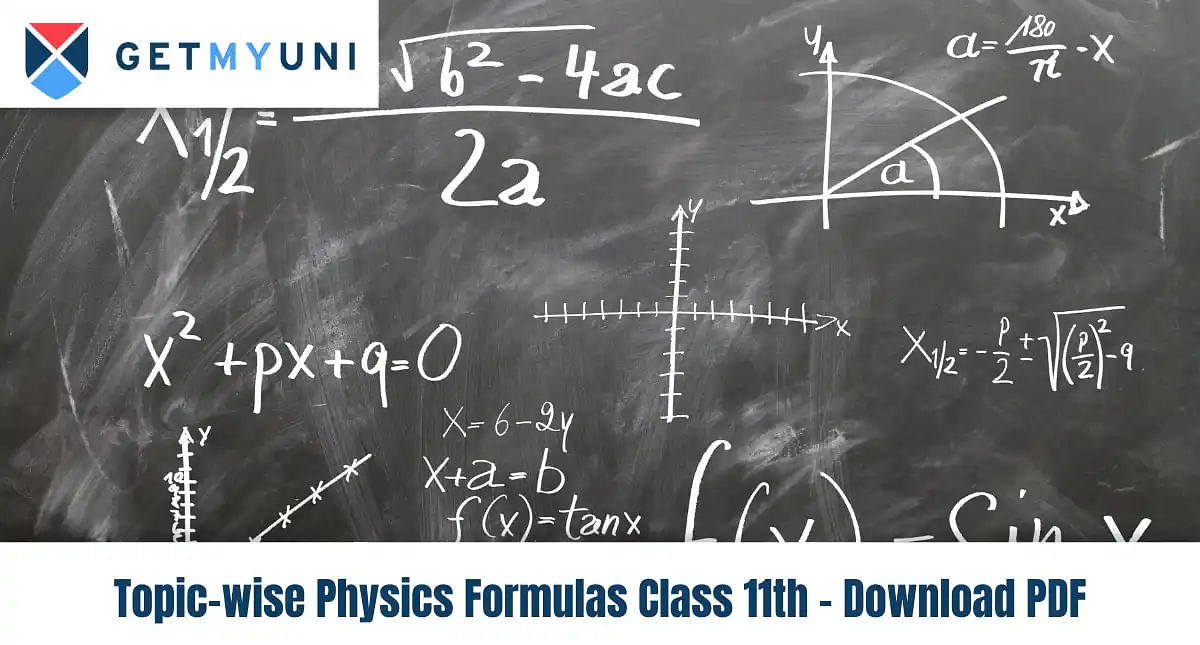


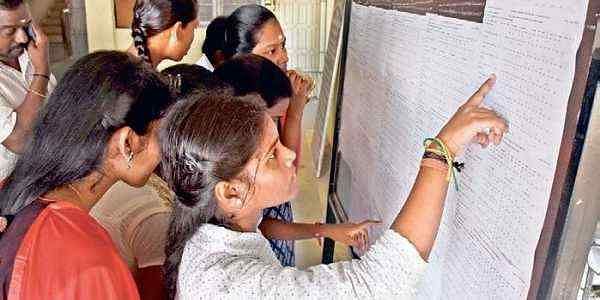
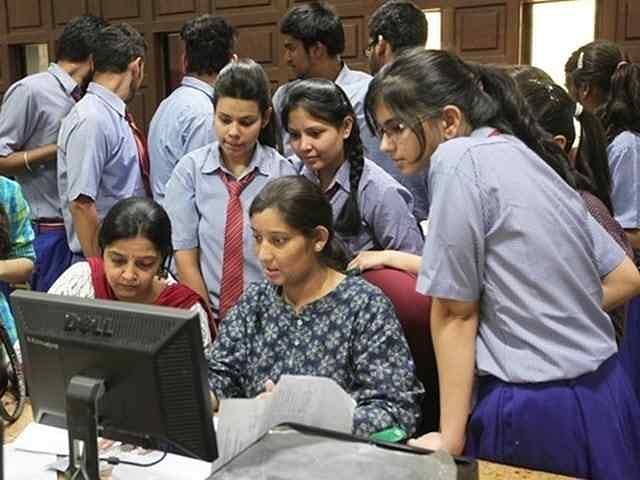

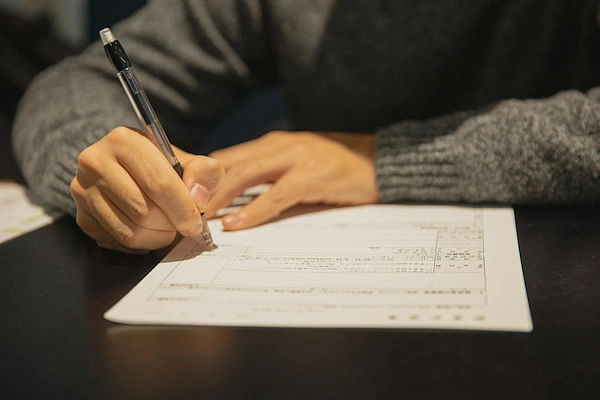




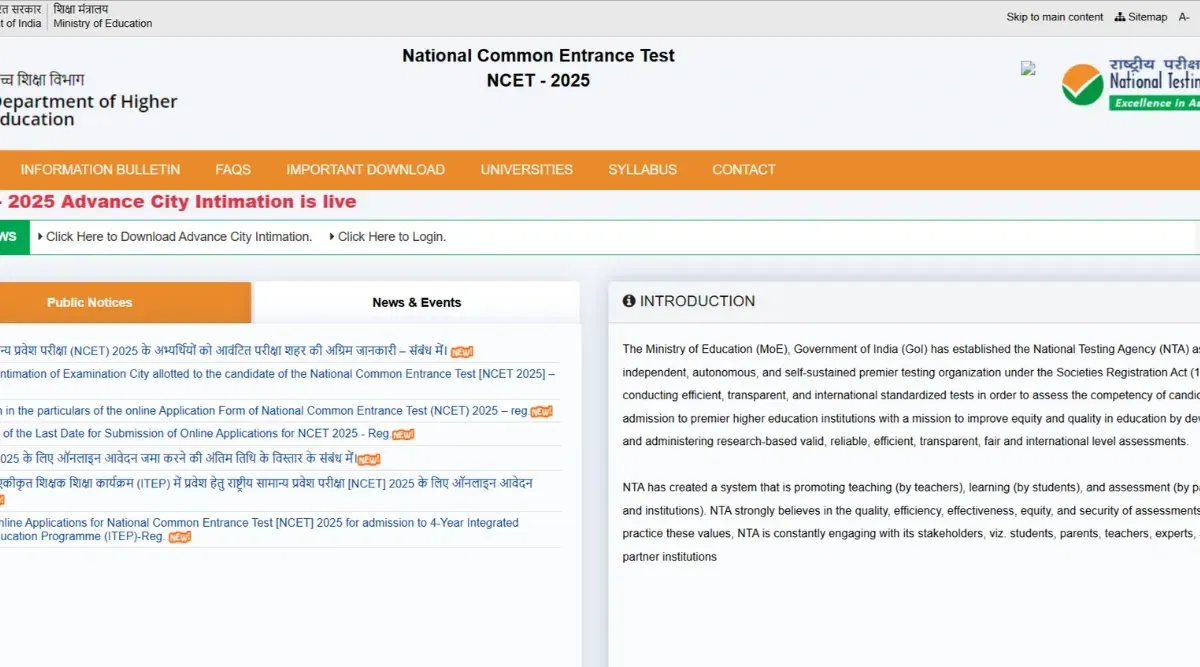
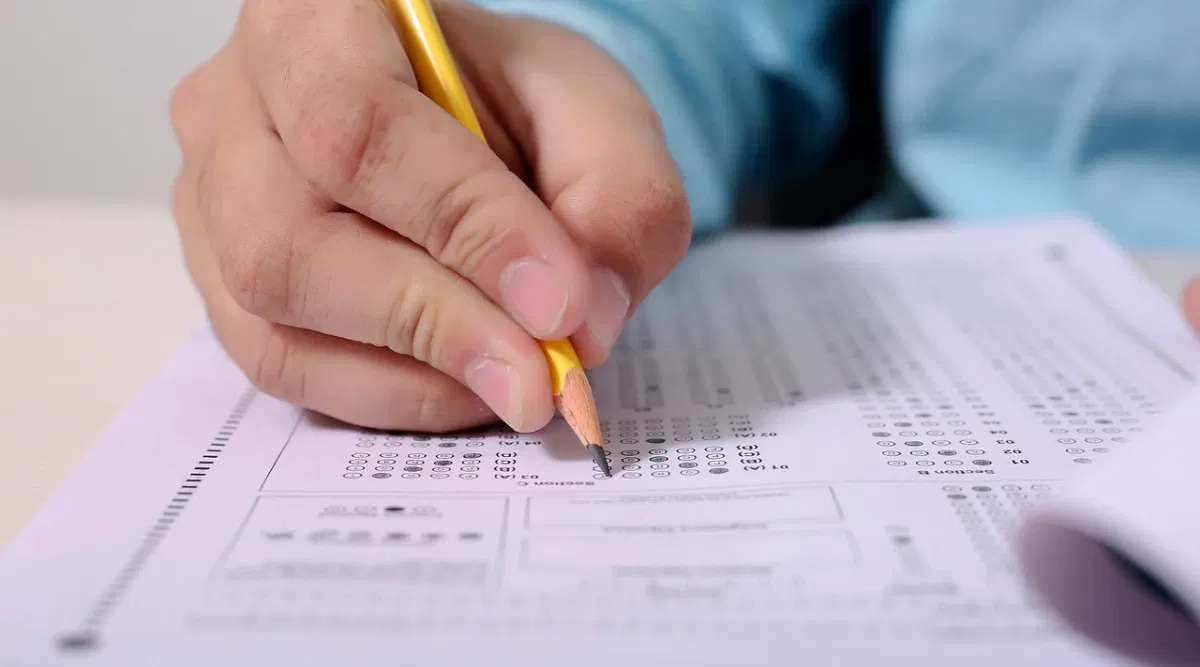

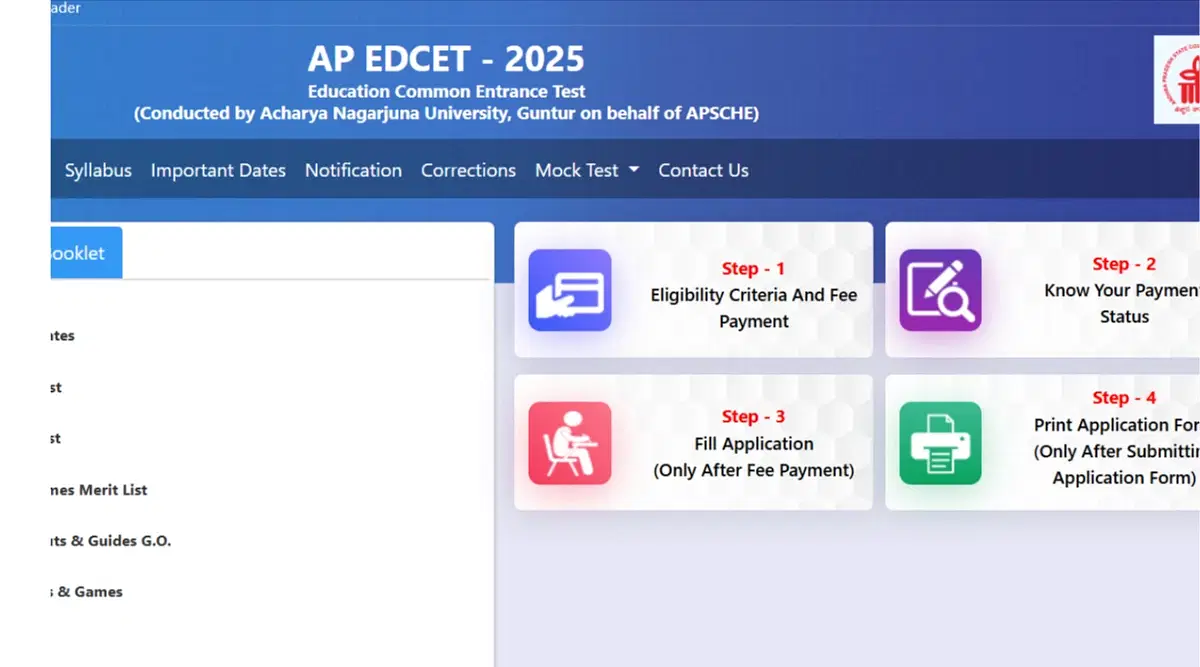



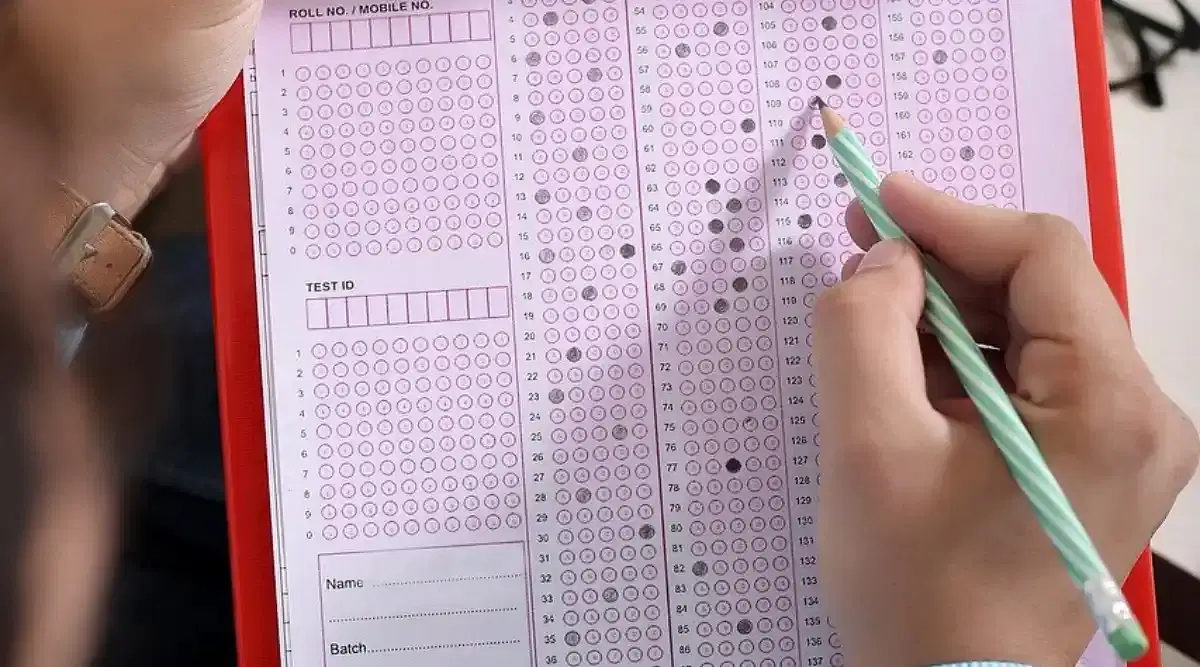







POST YOUR COMMENT